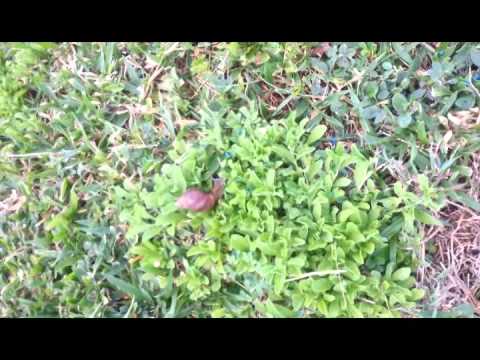Breaking News
More Concerns Over The Spread Of The Giant African Snail

The Giant African Snail is increasing in population, and a number of farmers have stated that their figures are also increasing.
However for the farmers, these numbers refer to the amount of monies spent attempting to eradicate the pest, an exercise that, to date, is proving futile.
Last week, a number of agriculturalists on the southern side of the island bemoaned the destruction being caused by these pests.
But with the Giant African land snail able to lay around 6 clutches of eggs every year, with an average of 200 eggs per clutch and 90% of snail hatchings surviving, a snail free area can quickly become infested.
This is continuing to be a bothersome and costly agricultural complaint and while the Plant Protection Unit is seeking to lessen the influx of snails, they are experiencing challenges of their own.
The snail was first spotted in Antigua around 2004, but it was not until 2008 that the alarm of a possible infestation was sounded.
According to the unit, infestation levels are peaking in Cassada Gardens, Christian and Blubber Valley, Folley Hill, Tindale Road, Grays Farm, the Cotton Station at Friars Hill, Bolans, Cooks, Upper Gambles, McKinnons and Paynters.










